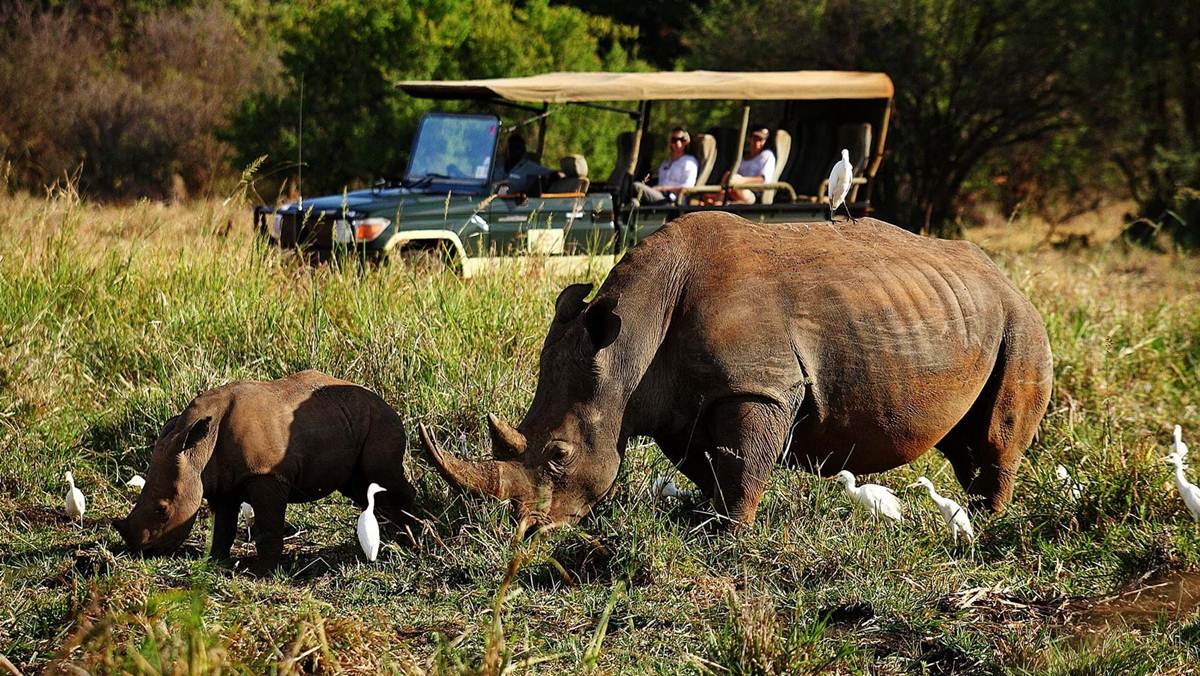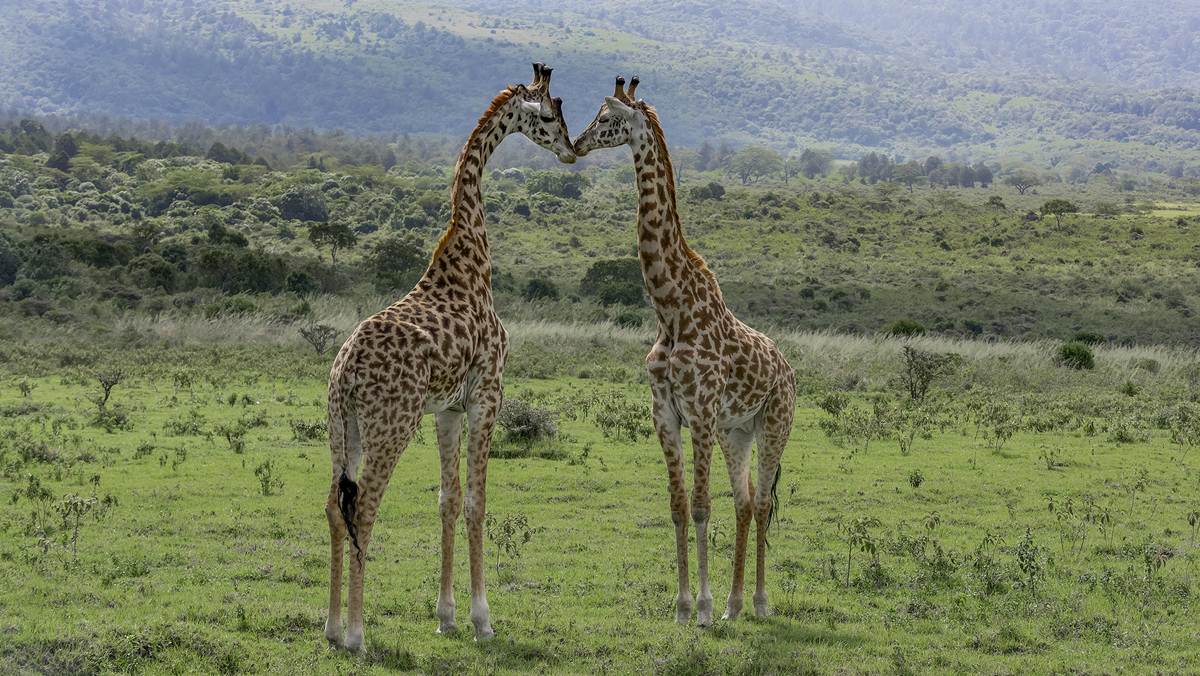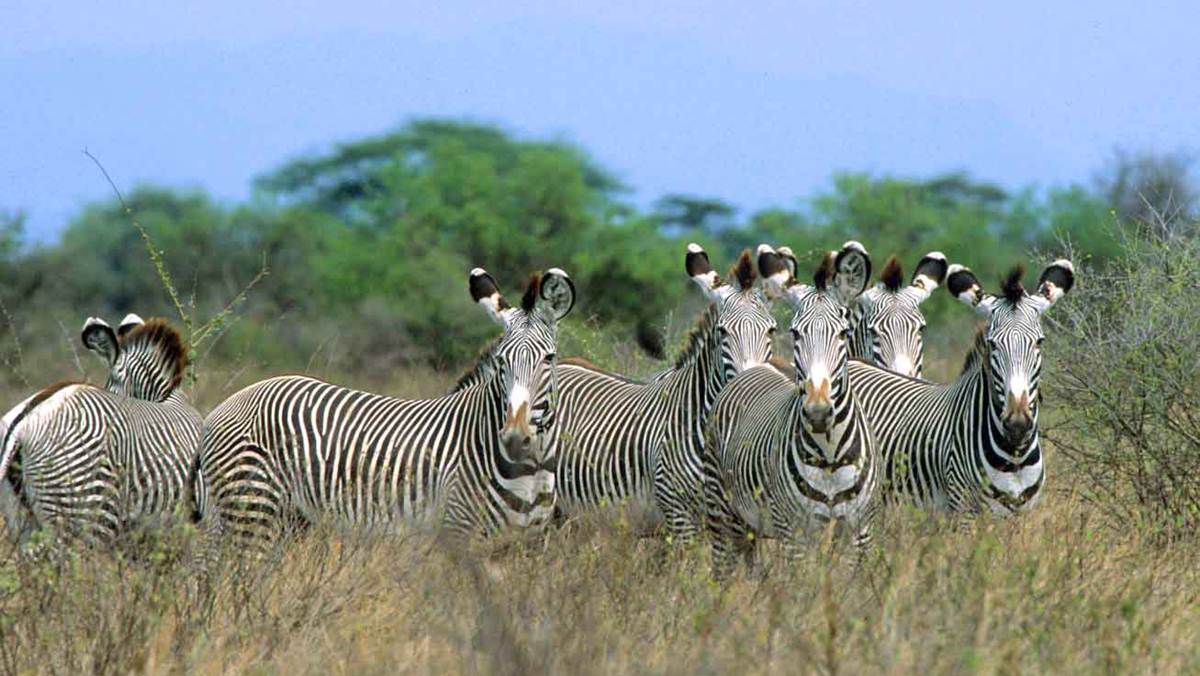Karibu Meru National Park
Meru National Park is with no doubt the least busy of the most famous Kenya wildlife parks and a safari here offers nature lovers authentic wilderness experiences.
What is interesting is that all the African big 5 games live in Meru National Park making it an incredible wildlife safari destination in Kenya.
Covering an area of 870 km², Meru national park has 3 distinct micro-ecosystems which support a diverse range of flora and fauna.
The northern third of the park is a bushland area; a vast sparse plain dotted with small groups of thinning trees.
East of the bush is a deep impenetrable tangle of overgrown shrubbery and towering trees. This ethereal, wet woodland is where most of the 13 rivers that intersect the park meet, joining, twisting and breaking from each other as they go.
Much of the rest of the park is covered in short savannah grass. From across the Meru National park, the towering Mount Kenya can be seen, watching over this paradise.
Location of Meru National Park
Meru National Park is geographically located in Central Kenya along the Equator and over 13 Rivers bisect it plus many beautiful mountains fed streams.
It is positioned on the North-eastern part of Nairobi 350kms away and extends to cover 870sq.kms of land area.
Meru National Park landscape is characterized by grassland, jungles, rivers, swamps, termite-created mounds.
Meru National Park is undoubtedly a complete wilderness and amazingly, the 1966 film ‘Born Free’ made it most famous. Established in 1968, Meru is home to a wide array of habitats that support a variety of wildlife worth spotting on Kenya wildlife safari.
What to see in Meru National Park – Kenya
Wildlife
Meru National park is home to a huge variety of animals, including the Big Five: lion, leopard, rhinoceros, elephant, and Cape buffalo.
Zebras and gazelles are known to roam free across much of the park, grazing on dry yellow tufts of grass.
The rivers around the park are also home to a lot of wildlife. Within the murky depths, crocodiles lurk, waiting to pounce on anything brave enough to approach these shores.
Hippos can often be seen sunbathing on the banks of the various rivers and lakes across the park.
Meru National Park is a host to countless wildlife including the leopards, buffaloes, lesser kudus, gerenuk, hippos, gazelles, zebras, elephants, cheetahs, rhinos, oryx and
Others are giraffes, dik-dik, bushbucks. Others include hartebeests, reedbucks, cobras, puff adders, pythons, and others.
Birds
Over 450 bird species all call Meru National Park a home making it a special birding safari destination of its own.
The park protects birds such as palm nut vultures, pel’s fishing owls. Sunbirds, kingfishers, red-necked falcons, rollers, Heuglin’s coarser, secretary bird, brown-backed woodpecker, starlings, hornbills, ostriches, and more.
Vegetation
Meru National Park features distinct vegetation comprising of 5 categories- the forests and savannas combined with swamps, grass, and rivers. The woodland is set on 1036m (Mt. Nyambeni slopes).
Tourist Activities in Meru National Park
Game/Wildlife viewing
Meru National Park is best to explore on guided game drives/viewing in a 4×4 with a pop-up roof for excellent game viewing and photographing. The park has numerous game tracks offering incredible game viewing experiences when on Africa safari tours to Kenya here.
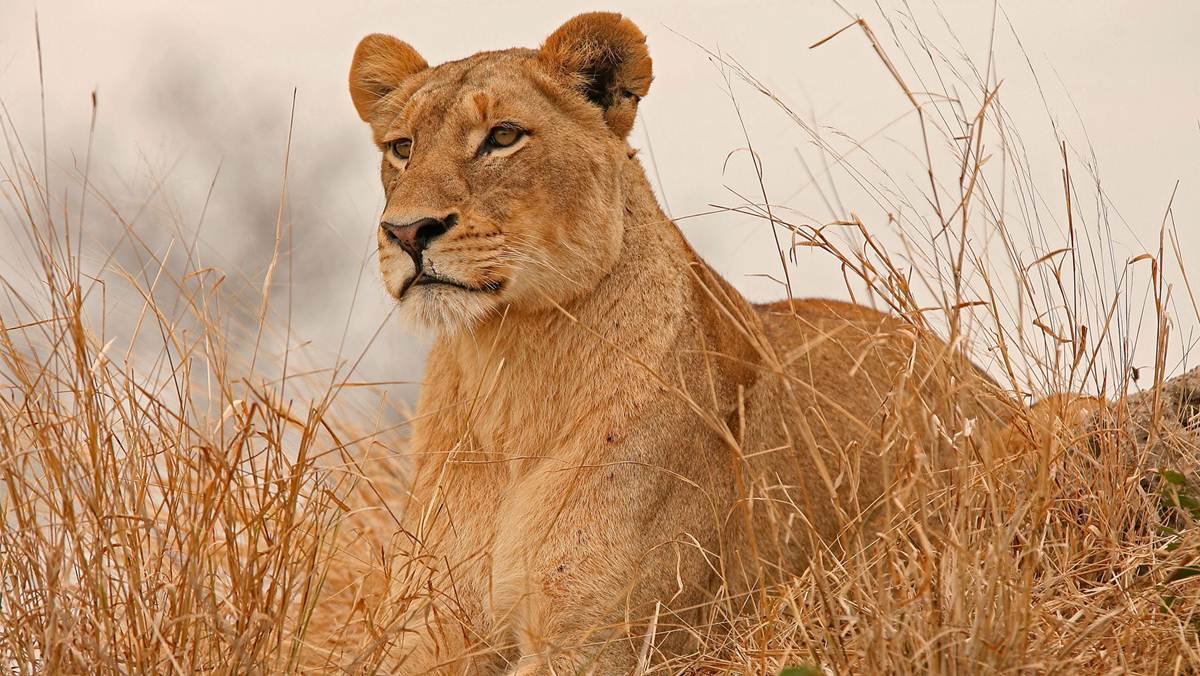
On Kenya safaris in Meru National Park, the possible wildlife to expect to keep an eye on include dik-dik, cheetahs, leopards, rhinos- black and white, buffaloes, elephants, reticulated giraffes, zebras, antelopes, birds, and more.
Game drives are arranged in the morning, day, and night to allow you to see a variety of wild animals both browsers and predators. Our experienced guides help you spot these animals and also explain the unique characteristics of each animal or bird spotting.
Birding
Birding is one of the interesting safari activities worth enjoying on Kenya safaris in Meru National Park. The park has all 450 bird species to be spotted including residential and migratory species of birds.
The birds to identify on a birding tour in Meru National Park include the red-necked falcons, brown-backed woodpecker, ostriches, Heuglin’s coarser, bee-eaters, pel’s fish owls, rollers, peter’s finfoot, hornbills, and more.
Cultural Encounter
It is also possible to undertake a cultural safari experience at the adjacent local community at Meru National Park. The cultural encounter here includes entertainment from dances and music performances from local residents, exploring the different traditions, lifestyles, stories told by the elderly.
Best time to visit Meru National Park
Meru National Park can be visited throughout the year. A safari to Meru National Park is best combined with the nearby attractions which include Mount Kenya National Park, Lewa Dawns, Samburu, Buffalo Springs, Shaba Reserve and Sweet Waters game sanctuary.
Kenya safaris in Meru National Park are conducted at any time of the year through the dry months/season is with no doubt the best time. This is from January till February or June, July, August to September.
This is the period when Meru records the least amount of rainfall or even no rains making it easier to navigate through the park’s game tracks for a game drive.
Where to stay at Meru National Park
The numerous lodges to book for an overnight stay on Kenya safaris in Meru National Park include budget, midrange, and luxury. They include Ikweta Safari Camp, Mulika Lodge, Leopard Rock Lodge, Rhino River Camp, and many others.
Leopard Rock Lodge
Leopard Rock Lodge has 15 large cottages decorated with traditional Lamu style teak furniture and Persian carpets.
All suites are luxuriously spacious with en suite bathrooms have private terraces which overlook a tropical river and Bisandi reserve.
The pool has a well stocked bar located at the centre of the pool where you can enjoy cocktails as you watch crocodiles basking in the river banks.
Offbeat Meru Camp
Set above Bisanadi River, Offbeat Meru Camp comprises of 6 large tents of 3 are twins and 3 are doubles. Each tent is furnished with a large iron bed, en suite bucket shower, wash basin and flush toilet.
There is a large sitting room equipped with library, comfortable sofas, writing table and bar. Dining is informal and served in the mess tent or around the campfire. The camp also boasts a lovely swimming pool.
Elsa’s Kopje – Meru National Park
Meru National Park, in the old Northern Frontier District, is wild Africa at its most alluring. Located on the Mughwango Hill in Meru National park Elsa’s Kopje enjoys breathtaking views over swamps and plains to the foothills of Mount Kenya.
Your game viewing is likely to include herds of buffalo, oryx, gerenuk, elephant, Grevy zebra, reticulated giraffe, the elusive Lesser Kudu, leopard, cheetah and hyena.
Bush babies and hyrax live on Mughwango Hill and close by Elsa’s descendents hunt the shy but plentiful plains game. This area is renowned for its elephant herds and fantastic flora and scenery.
April 2003 – Awarded the inaugural Bronze Eco tourism rating, the first ever scheme of its kind in Africa, by The Ecotourism Society of Kenya, as recognition for their sustainable conservation and eco-friendly business practices.
Rhino River Camp
Rhino River Camp is a new eco-friendly luxury lodge located in Meru National Park, Kenya, where the legend of Elsa the lioness began.
Rhino River Camp offers safari accommodation in eight cottages built of caramel canvas and sustainable hardwood, raised on platforms above the gently flowing Kindani River.
Within the Camp guests can enjoy the sights and sounds over 180 species of different colourful birds, or take game drives into Meru National park where you can see all of the Big Five.
Ikweta Country Inn
Ikweta Country Inn is located 30 minutes from the Murera Gate of Meru National Park.
Ikweta Country Inn is a convenient base for exploring the completely unspoiled wilderness of Meru National Park – one of Africa’s most beautiful and least visited national parks.
Ikweta Country Inn has 38 double guest rooms, all with en-suite facilities and decorated in tasteful style.
A third of the guest rooms are on the Mboone riverfront, in the beautifully-landscaped Maua Gardens. Most of the rooms also have TV and children’s beds and baby cots are available on request.
Ikweta Safari Camp
Accommodation at the Ikweta Safari Camp is in ten (10) spacious tents thatched in makuti and tastefully decorated in Safari-style and with high quality furniture including either twin or double beds.
Excellent meals prepared from the freshest local produce. Large swimming pool and other amenities.
Murera Springs Eco Lodge
The Murera Springs Eco Lodge offers safari accommodation in 15 en-suite raised cabins which are colorfully decorated with earth colors and shapes with the theme followed through to the large en-suite bathrooms.
All the rooms have a veranda. The dining area and the swimming pool for the thirty guests are the center for relaxation under the majestic canopy of trees found at Murera Springs Eco Lodge.
Activities at the Murera Sprigs Eco Lodge include Game drives in the Meru Park and Rhino sanctuary, Bird watching in the lodge, visit to Adamson’s old base camp, swimming pool, safari Shop, Local farm visit
Getting to Meru National Park
Meru National Park is accessible by road; 350kms drive from Nairobi through Nyeri-Nanyuki route or take the Embu-Meru route.
A 4×4 vehicle is highly recommended to access this park. For self-drive travelers, 4×4 self-drive Kenya is a car rental agency that can assist you to plan a perfect self-drive trip in Kenya in a reliable 4×4 car such as Toyota Prado Tx and Land cruiser V8.
There is another option to hire a car in Kenya with a driver through this company at a very low cost. This saves you from the risks of accidents and car breakdowns caused by misuse.
By air, fly from the airport in Nairobi to Kinna airstrip around Meru National Park.
Best Time for Wildlife Viewing
Meru visited throughout the year, but the best time is in the Dry season from June to September, when animals congregate around predictable water sources.
Wildlife viewing is usually more difficult during the long rains (March to May) and short rains (October to November).
At this time the grass tends to be very high, making spotting animals more difficult. Elephants migrate out of the park in the rainy season.
Birds – Meru National Park
With more than 300 species recorded, Meru is an excellent birding destination. It has several northern Kenya specials, including the impressive Somali ostrich, Boran cisticola, and vulturine guineafowl.
The noisy yellow-necked spurfowl is very common and the sought-after Hinde’s babbler can sometimes be spotted as well.
The rivers running through the park offer the right habitat for Pel’s fishing owl, the elusive African finfoot, and the localized golden palm weaver as well as more common water birds.
Best Time for Bird Watching
What is the best time to visit Kenya to Meru National Park? Meru offers good bird watching throughout the year, but the best time is from November to April when the migrants from Europe and North Africa are present.
This coincides with the breeding season when many species are nesting. Although good for birding, April tends to be very wet and is a less productive time for general wildlife viewing.
Best Time to Visit
Meru can be visited throughout the year, but wildlife viewing is best in the Dry season from June to September. Wildlife watching is usually more difficult during the long rains (March to May), and the short rains (October to November).
During this time the grass tends to be very high making spotting animals more difficult. Elephants migrate out of the park in the rainy season.
The Climate in Meru National Park
he weather in Meru National Park is characterized by a steady average temperature throughout the year. It maintains moderate precipitation patterns
Meru National Park, located in a dry region, experiences a warm climate throughout the year. In Meru National Park temperatures are generally consistent throughout the year.
Typically, daytime temperatures range from a very warm 34 degrees Celsius in March to a very warm 31 degrees Celsius in the coolest month, January.
Nights are cooler, with temperatures generally dropping to 21 degrees Celsius, particularly during the colder months.
The park has a wet season that lasts from November to May, marked by two distinct rainy periods. The first rainfall generally occurs in November, known as the short rains, while the longer rains peak around April.
On average, Meru National Park receives a reasonable amount of rainfall, with an annual precipitation of 505 mm.
The climate in Meru National Park shows significant variation throughout the year. Expect high rainfall in November, with an average of 135 mm of precipitation over 16 rainy days. In contrast, July offers drier and sunnier days, with around 3.5 mm of rainfall over 4 rainy days.
Climate By Seasons
Dry Season–June to October
It’s really hot and sunny outside, with very little rain and low humidity. The highest temperatures usually occur in October, but when the first rains come, they provide a welcome break from the intense heat.
- June, July, August and September
During the months of June, July, August, and September, the weather is typically bright and dry, with little to no rain.
The afternoons can get quite warm, often hitting around 28 degrees Celsius (82 degrees Fahrenheit). However, the evenings and early mornings bring a refreshing coolness, with temperatures dropping to about 18°C (64 degrees Fahrenheit).
- October
In October, the temperatures rise sharply, making it feel quite sweltering. The afternoons usually reach around 30 degrees Celsius (86 degrees Fahrenheit), but often soar much higher, as October is known for being one of the hottest months in Meru.
When the rain finally arrives, it brings a huge sense of relief after the long, dry spell that precedes it.
Wet Season–November to May
Meru National Park experiences three main phases during its wet season. First, there are the short rains that occur between November and December.
Next comes the long rains, which last from March to May. In between these two periods, there is a dry spell. Generally, except for the months of April and November, the amount of rain isn’t particularly high.
- November and December
In Meru National Park, the months of November and December bring what’s called the “short rains.” This rainy season can begin as early as October, but November typically sees the heaviest downpours.
In the days leading up to the rains, the heat can really build up, with afternoon temperatures soaring to around 29 degrees Celsius (84 degrees Fahrenheit). However, once the rain starts, there’s a noticeable drop in temperature, bringing some relief from the heat.
- January and February
In Meru National Park, the months of January and February mark a bit of a dry phase during the typically damp season.
During this time, the weather is pleasantly warm, with daytime temperatures averaging around 30 degrees Celsius, or 86 degrees Fahrenheit. This makes it a comfortable period for visitors exploring the park’s unique landscapes and diverse wildlife.
- March, April and May
In Meru National Park, the months of March, April, and May are known for their long rains. April is especially rainy, making some of the roads difficult to drive on.
By May, the rain starts to lessen, but the road conditions might still be rough until the end of the month.
During the afternoons, temperatures can reach about 30 degrees Celsius (86 degrees Fahrenheit), with March being the hottest month before the rains arrive.

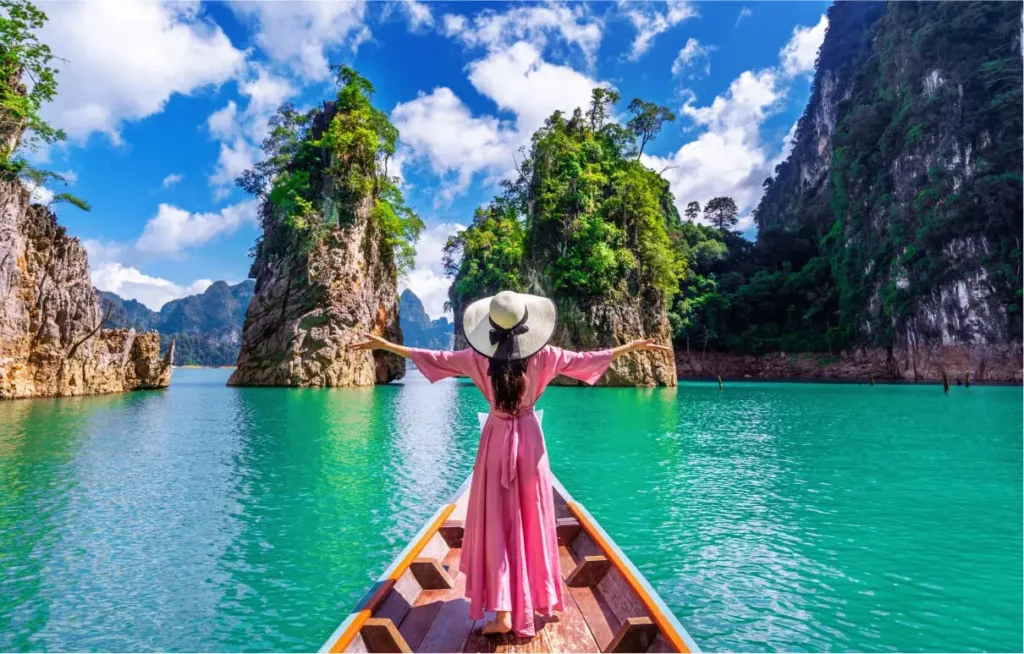



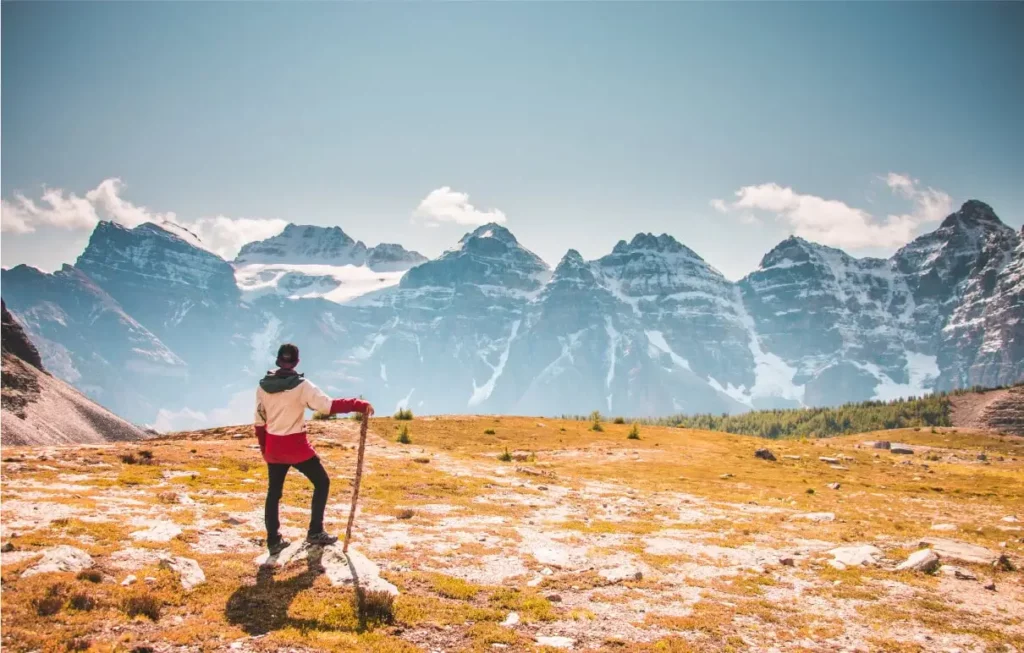
Land of the Tswana
There are so many places that you can visit in Botswana but there are some other attractions that stand out more than others and are worth visiting during Botswana Safari. These make the list of the top Tourist Attractions In Botswana.
There are many tours that you can do in Botswana and the most common is the overland tour, where you can drive around to most parts of the country in an overland truck. Most common tours include a Botswana Wildlife Safari, Victoria Falls and Chobe National Park package, Desert tracking, Premium safaris and 5 to 10 day safaris.
-
- Exploring ancient ruins, historical landmar.
-
- Immersive cultural experiences, local.
-
- Hiking, trekking, extreme sports, and out.
-
- A romantic destination like Paris, Venice.
-
- Kid-friendly activities, theme parks family.
-
- Premium accommodations, gourmet.



